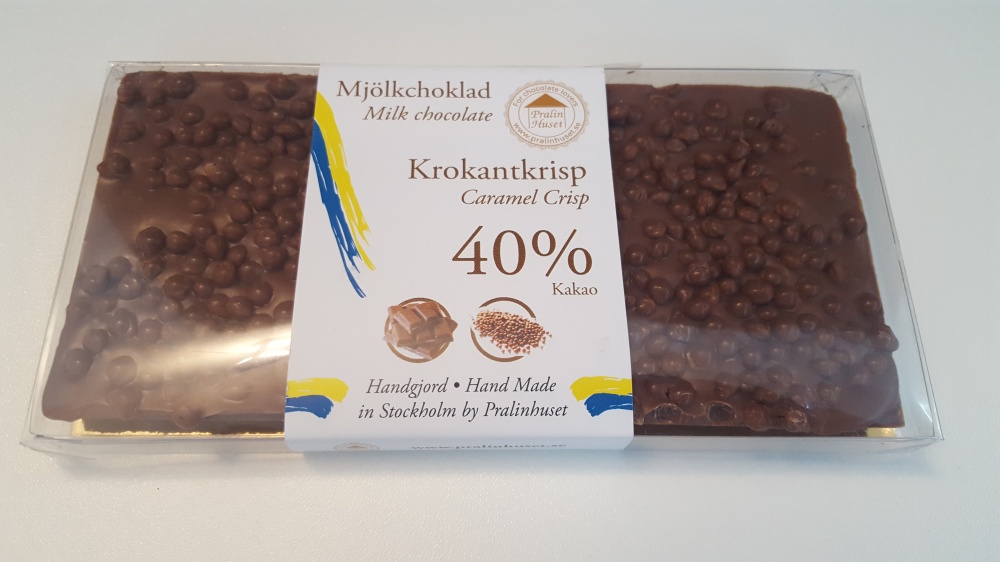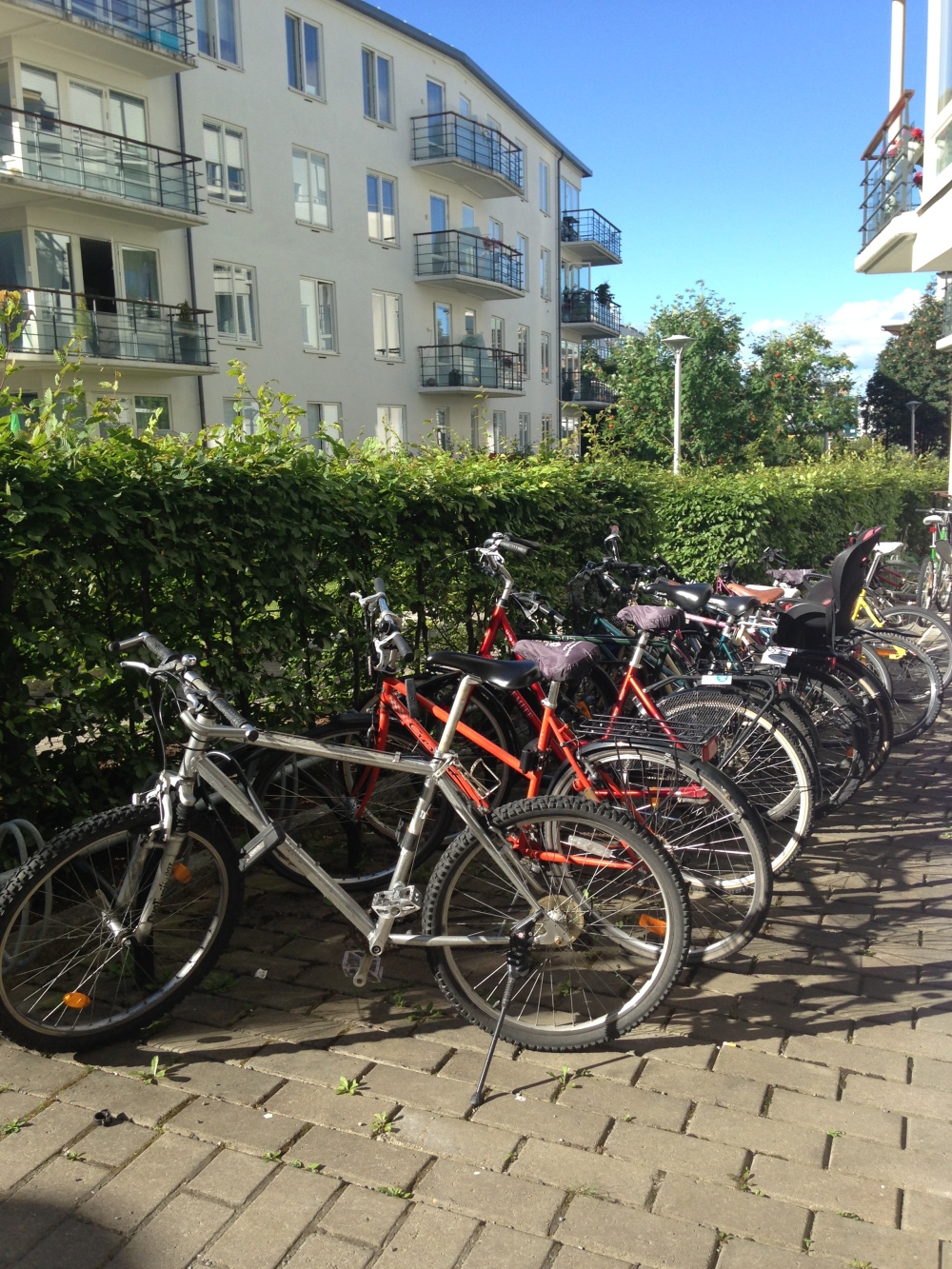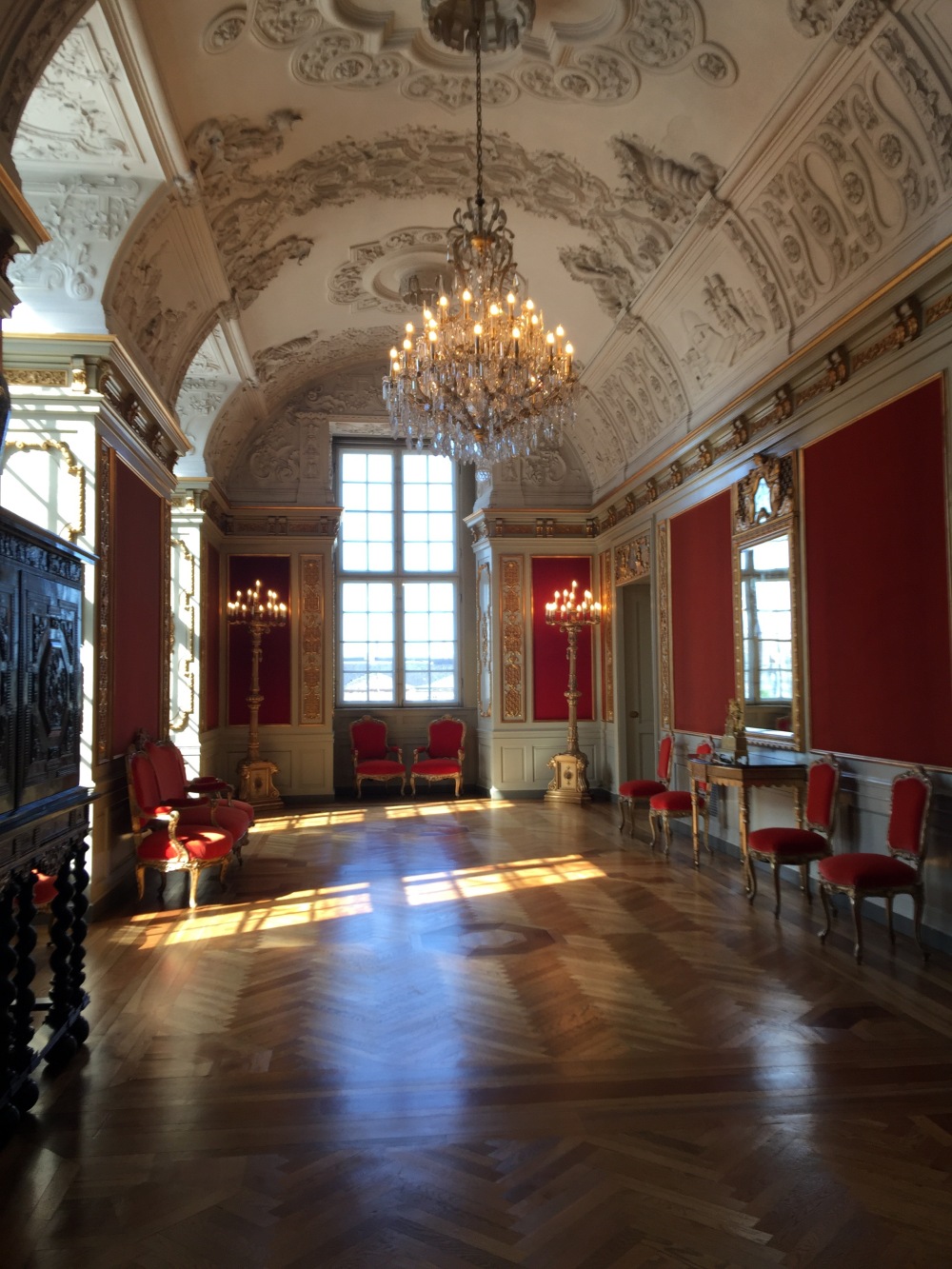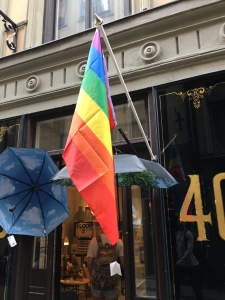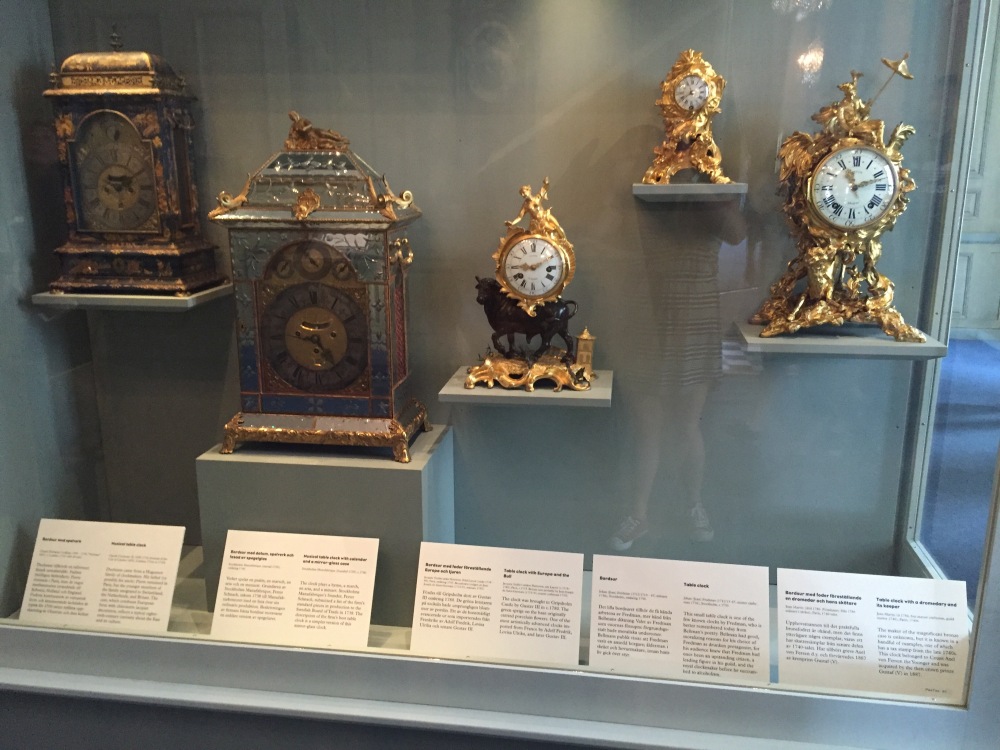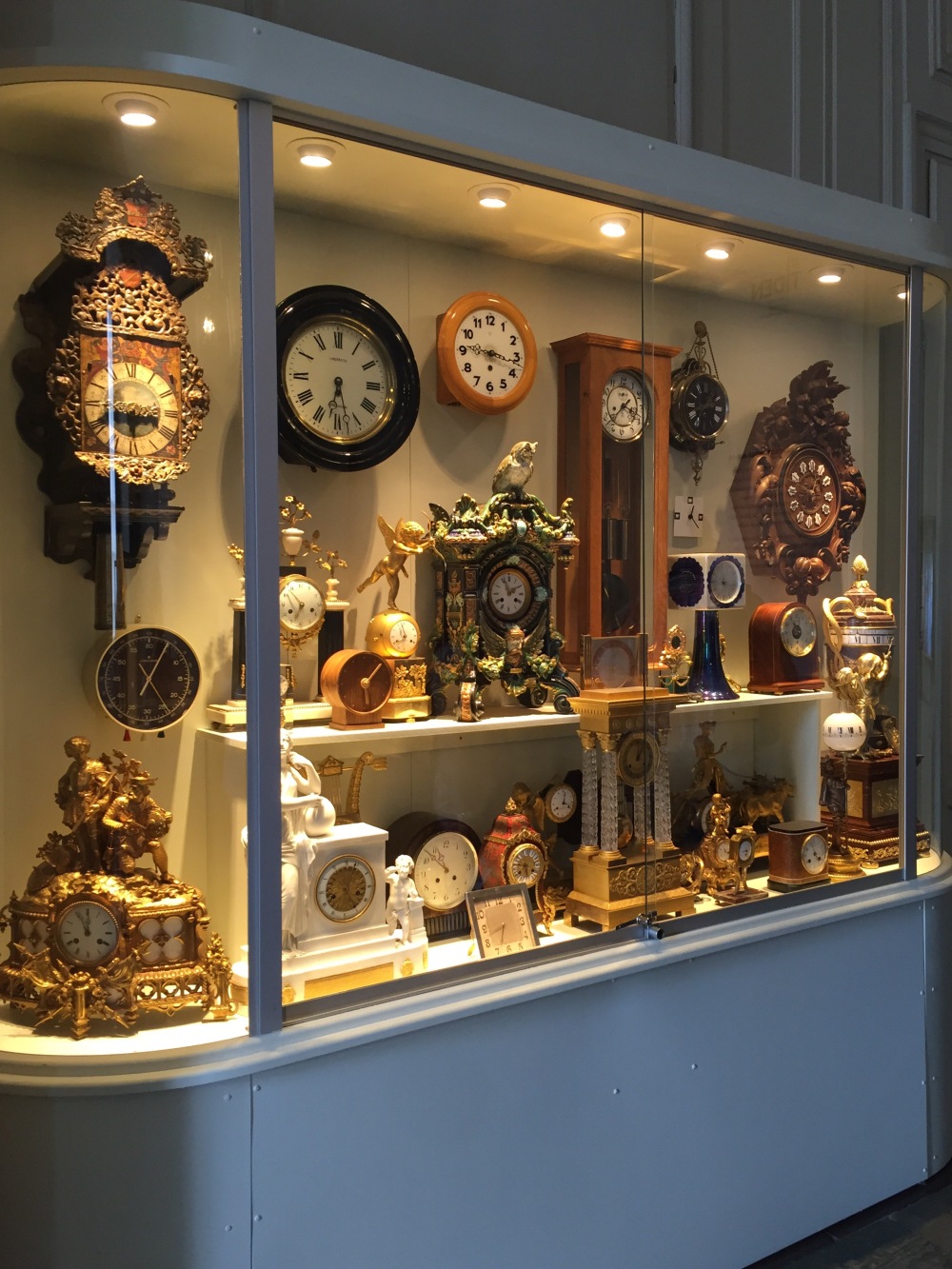Wait….we have to go home?
I’m not entirely sure what it was about Stockholm, but for some unknown reason, I was more excited to visit this city prior to leaving for the trip than I was for the other two. That is not to say that I wasn’t excited for the others as well, but it is definitely safe to say that Stockholm (and the other cities, for that matter) lived up to the hype that I had created in my head since the day I got the email telling me that I’d be going on this trip.
Being a music major, I would always get excited when something on the trip involved music. In Copenhagen, it warmed my heart to hear the tour guide explain how they had just recently built an opera house across the river from Amalienborg Palace and Frederik’s Church to have three important parts of their society represented in one place: music, government, and religion. I really appreciated how much that music was valued. Similarly, in Stockholm, the changing of the guard at the Royal Palace was a true spectacle (all thirty minutes of it). The marching band was a large part of the changing of the guard ceremony. They lead the procession, provided entertainment, and signaled various parts of the event. I was completely caught off guard when I heard over the speakers that the band would give a concert which would include Uptown Funk (the TCU Marching Band had performed the same thing this past football season, so the marching band version was the only version that I’d hear in my head anymore).
I can’t believe the trip of a lifetime is already over. It feels like just yesterday I was meeting everyone at the pre-trip dinner in the BLUU and trying to make sure I didn’t forget to pack something important. This trip has given me some fantastic memories with some fantastic people, and I am eternally grateful that I was able to be a part of it.
![IMG1012329605 [230640]](https://tcucsi2016.files.wordpress.com/2016/08/img1012329605-230640.jpg?w=1000)

